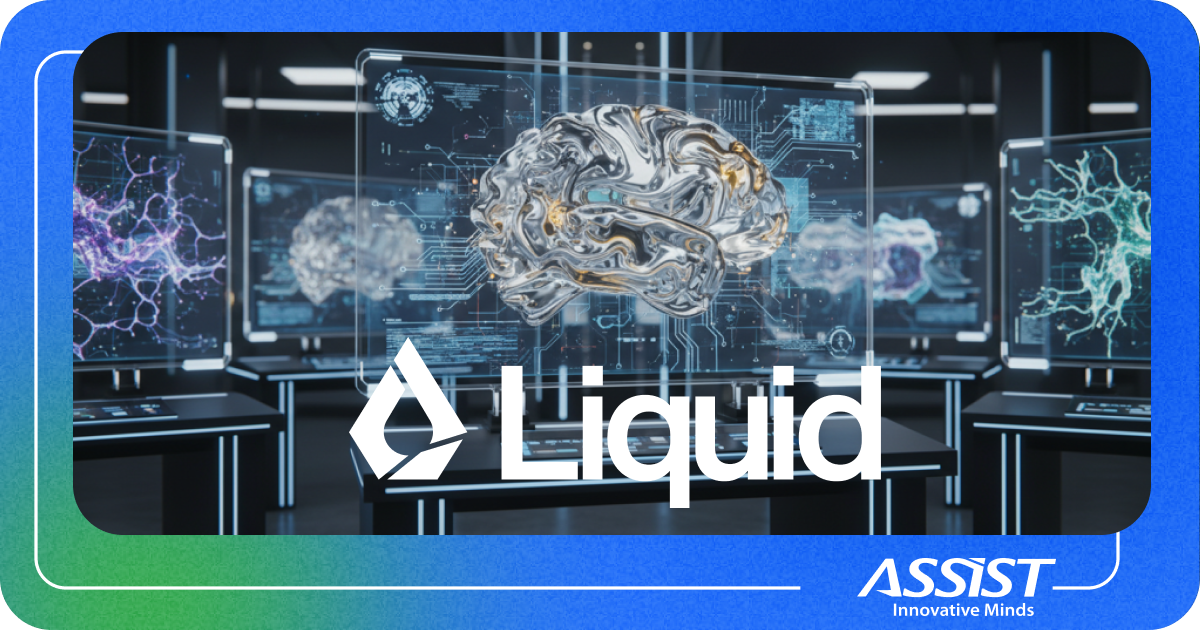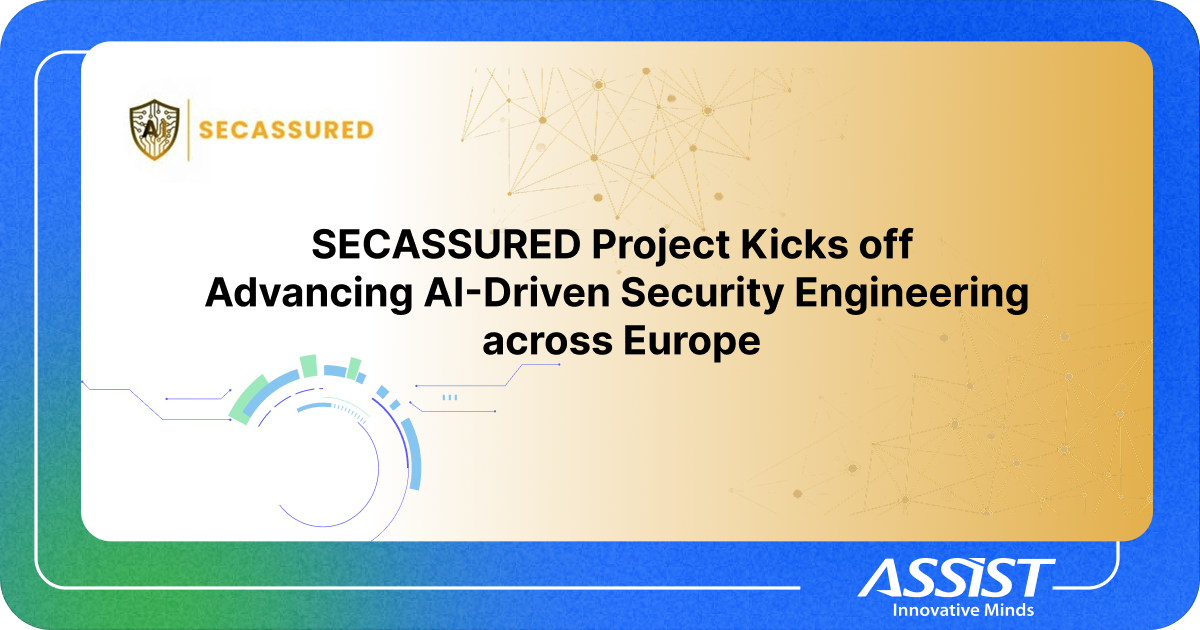Germany's AI Dilemma: Why the Mittelstand Needs to Move from Hesitation to Implementation
Germany's Mittelstand is the backbone of the economy, accounting for 99.5% of all companies and generating over half of the country's GDP. These businesses are globally admired for quality, resilience, and engineering excellence. However, these strengths may no longer be enough with the rise of artificial intelligence (AI).
Despite AI's proven benefits, most German SMEs are not adopting it. This article examines the reasons behind the slow uptake, analyzes what's at stake, and provides actionable insights for business leaders who want to start safely and strategically.
1. The Reality Check: AI Adoption in Germany
According to the ifo Institute (2024):
- Only 27% of German companies use AI today, up from 13.3% in 2023.
- In manufacturing, usage has risen from 17.3% to 31%.
- The most substantial uptake is in IT, marketing, and automotive sectors.
These numbers reflect growing interest but also considerable hesitation. Despite the global momentum, nearly three-quarters of German companies are still sitting on the sidelines.
2. Why the Mittelstand Is Lagging Behind
Several systemic challenges explain the current status:

a. Fragmented Digital Infrastructure
Only 29.8% of German homes have access to fiber-optic internet, far below the EU average of 64% (EU Digital Decade 2024). The digital infrastructure gap is even wider in rural regions, where many Mittelstand companies operate.
b. Skills Gap
According to the European Commission, 42% of workers in Germany lack basic digital skills. AI implementation requires cross-functional understanding, which many firms still lack internally.
c. Unclear ROI
AI is often perceived as a high-investment, low-certainty initiative. Without tangible use cases or internal expertise, companies struggle to justify the spending.
d. Legacy Systems
Many SMEs rely on customized or outdated software. Replacing these systems is expensive and risky, especially without a clear migration roadmap.
3. Where AI Adds Real Value: Five Use Cases for the Mittelstand
Predictive Maintenance in Manufacturing
Manufacturing is a cornerstone of the German economy, and AI can optimize it. By integrating AI with IoT sensors, companies can detect machine wear, forecast breakdowns, and automate maintenance schedules.
Result: Reduced unplanned downtime, longer equipment life, and smarter production planning.

Demand Forecasting in Logistics and Retail
AI-powered forecasting models analyze historical sales data, market trends, and seasonality to predict demand at a granular level. This enables more innovative inventory management and supply chain responsiveness.
Result: Lower storage costs, fewer stockouts, and leaner operations.
Automating Back-Office Operations
From invoice processing to contract review, AI can handle repetitive tasks accurately. Natural Language Processing (NLP) models can extract data, categorize documents, and even flag anomalies.
Result: Time savings, reduced error rates, and faster workflows.
Intelligent Customer Support
AI-powered chatbots and virtual assistants trained in German language corpora can provide instant responses and FAQs and support ticket triage. These tools are now smart enough to understand context and escalate when needed.
Result: Better service levels, lower support costs, and 24/7 availability.
Real-Time Business Intelligence
AI tools can continuously analyze operational, financial, and market data to uncover trends, risks, and inefficiencies. Unlike static dashboards, these systems evolve in real time — ideal for decision-makers under pressure.
Result: Faster, more accurate decisions with actionable insights.

4. Final Thoughts: It's All About Staying Competitive
Germany's strength has always been precision, craftsmanship, and long-term value. But today, sustaining that strength requires embracing a new mindset that accepts AI not as a disruptor but as an enabler of continuity, resilience, and efficiency.
Every month spent in hesitation is a month when competitors gain ground. Saying Germany needs a digital revolution is an understatement. It requires a structured, confident rollout of proven AI applications tailored to its industries.
At ASSIST Software GmbH, we help SMEs in Germany integrate AI responsibly, securely, and pragmatically. Our focus is on business-first AI solutions that align with your strategy and drive ROI without overwhelming your team or infrastructure.
👉 Follow us on LinkedIn to stay updated with AI use cases, industry-specific solutions, and digitalization news tailored to the German business environment.
Let's turn hesitancy into opportunity.



